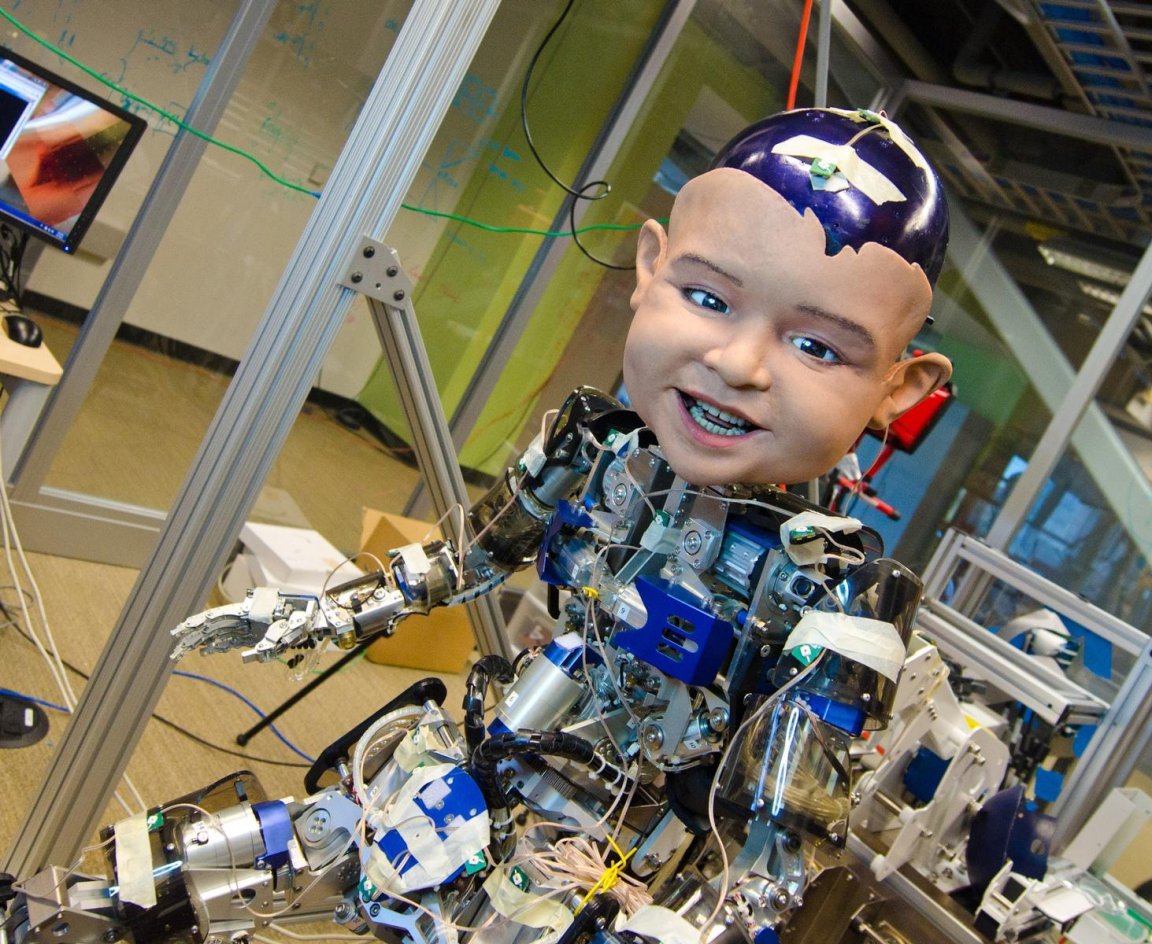
The Breakthrough
A team of computer scientists, roboticists, and developmental psychologists at the University of California, San Diego recently used a “toddler-like” robot to try and determine if babies smile with a purpose or if their smiles are just random muscle movements. After studying a set of babies, the team programed a robot to behave in a similar fashion. This kind of “reverse engineering” allowed the scientists to closely study the behaviors, determine patterns, and ultimately look for signs of purpose or intent.
Notably, their findings indicate that babies don’t just smile randomly; rather, it seems that, like a comedian, babies time their smiles to try and get as many returning smiles as possible from those who are nearby. Interestingly, the research also revealed that the babies worked to maximize smiles in others while smiling as little as possible themselves.
The Implications
Dan Messinger, of University of Miami and co-author of the study, says that the team’s unique approach has revealed that babies do appear to have goals when they interact with their parents, and this extends even to newborns. “What makes our study unique is that previous approaches to studying infant-parent interaction essentially describe patterns,” Messinger said in a press release. “But we couldn’t say what the mother or infant is trying to obtain in the interaction. Here we find that infants have their own goals in the interaction, even before four months of age.”
Ultimately, this breakthrough will help us better understand how humans develop and learn to function in society. But perhaps most significantly, the research indicates that robots may be able to play an important role in assisting us in our quest to understand why humans function the way that they do.